
Here’s a mind-bending fact: over 60% of hit songs use variations of the same four basic chord shapes that defined the 1960s musical revolution. The ’60s delivered more than cultural upheaval—they handed us a treasure chest built on surprisingly simple foundations.
These legendary tracks expose their secrets through basic chord patterns that won’t leave your fingers cramping or your wallet empty. You don’t need a vintage Stratocaster or decades of practice to channel this era’s magic. Just four basic shapes and the willingness to embrace that timeless groove that made an entire generation believe music could change the world.
10. Runaround Sue: The Doo-Wop Gateway Drug
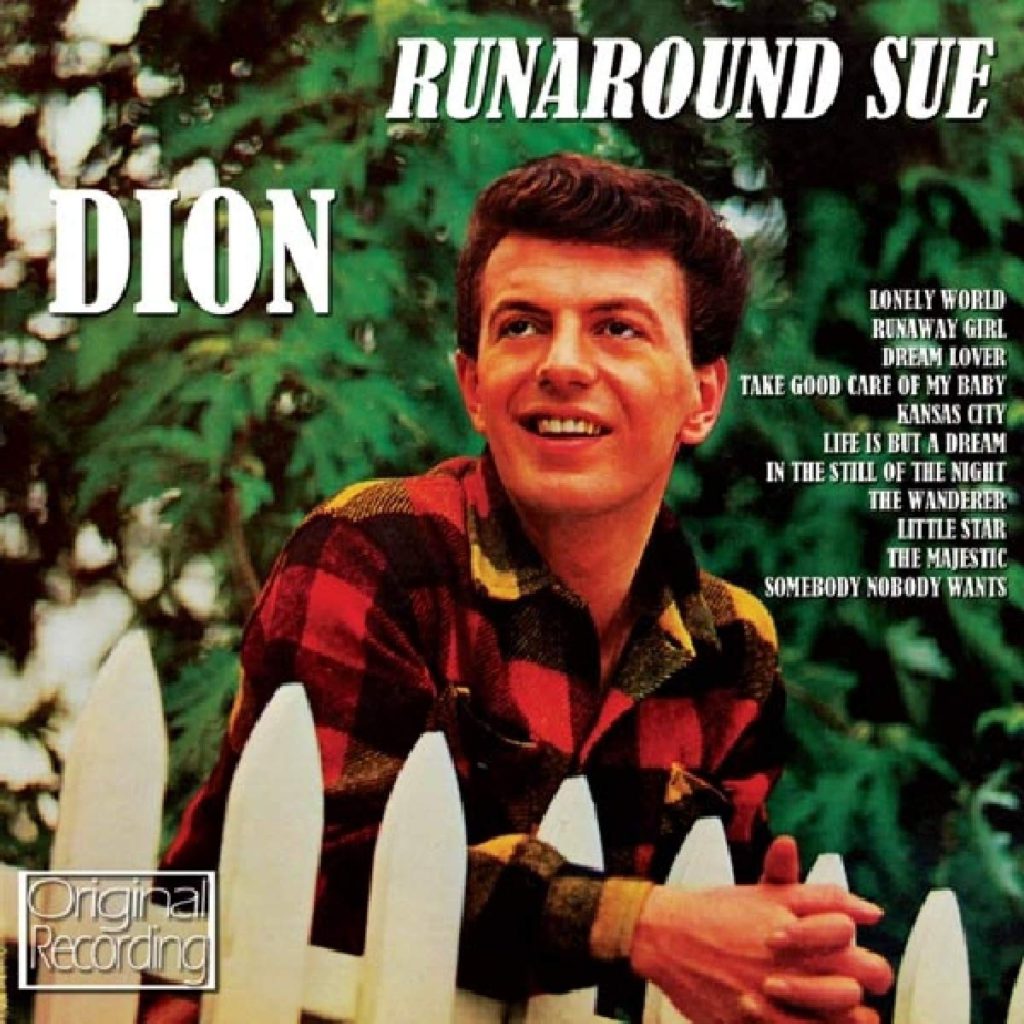
If you’re intimidated by complex jazz chords, Dion’s 1961 chart-crusher proves that doo-wop’s sophistication lived in the harmonies, not the chord complexity. You’ll nail this with D major, B minor, G major, and A major—though that B minor trips up newcomers like a poorly placed amp cable.
Can’t nail the B minor? Swap in B minor 7 and keep moving. Your campfire audience won’t file complaints, and you’ll capture that infectious bounce that still packs dance floors six decades later. The down-down-up-down-down-up pattern locks in the groove that made this song a generational anthem.
Many of these instantly recognizable tunes are also classic examples of the decade’s greatest one-hit wonders from the 1960s—songs that proved four chords were all you needed to make history.
9. Brown Eyed Girl: The Pattern That Launched a Thousand Songs
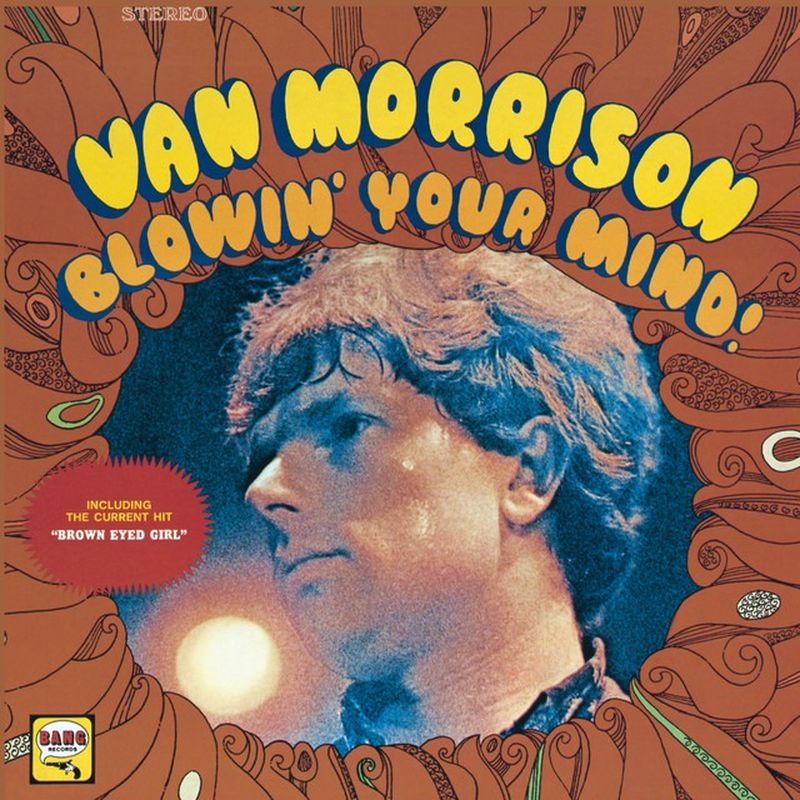
This four-chord progression appears in 40% of popular music, making Van Morrison’s evergreen hit your gateway to musical literacy. This famous I-IV-V-vi progression has powered countless hits across every genre imaginable.
The down-down-up-up-down strumming gives the song its characteristic bounce. New players find immediate gratification while building transferable skills that unlock dozens of other songs. It’s the musical equivalent of learning a pasta recipe that works with any sauce you throw at it.
8. The Thrill Is Gone: Acoustic Blues Mastery
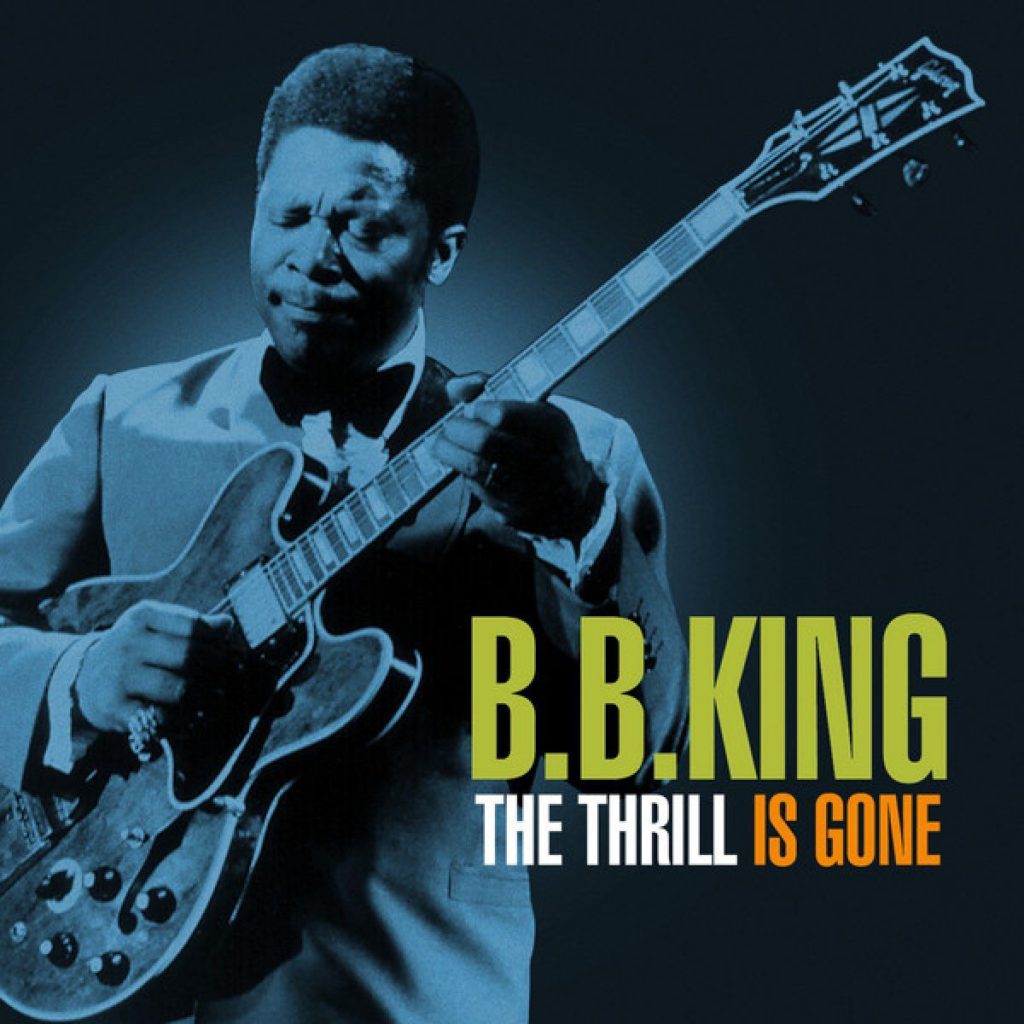
Electric blues on acoustic guitar? B.B. King’s definitive blues statement translates remarkably well to acoustic basics without losing its emotional punch. Based on minor 12-bar blues structure, you’ll primarily use B minor and E minor chords, with E7 shapes that can move to the 10th fret using positions at frets 10, 9, and 8.
Creative acoustic arrangements often add G7 to F#7 transitions for extra harmonic color—not part of the original, but effective for solo performance. Playing this electric classic on acoustic highlights the raw emotional framework that makes great blues transcend its instrumentation. Pure feeling trumps fancy gear every single time.
7. Fun, Fun, Fun: Simplified Sunshine

The Beach Boys knew something crucial: sonic complexity comes from layered vocals, not impossible fretwork. Slap a capo at the third fret and this California anthem shifts into beginner-friendly territory using C major, F major, G major, and a brief D major appearance.
A basic down-up pattern keeps that endless summer energy flowing without technical frustration. Brian Wilson’s genius lay in understanding that musical sophistication and accessibility aren’t enemies—a lesson many modern producers should learn.
6. Sympathy for the Devil: Surprisingly Heavenly Chords
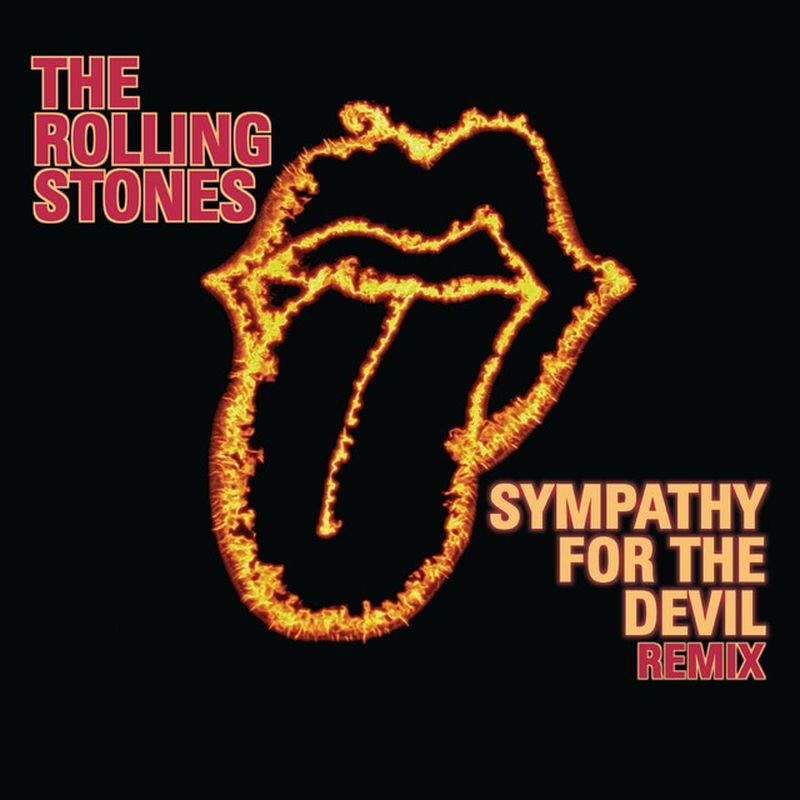
If you’re expecting devilish complexity from this Rolling Stones classic, prepare for a pleasant surprise—it’s surprisingly accessible underneath all that menace. You’ll need just E major, D major, A major, and B7 chords—with B7 serving as merciful relief from the full B bar chord that challenges developing players.
Start with single down strums on each change before attempting complex patterns. The song’s hypnotic quality comes from rhythm rather than chord complexity—classic Stones wisdom about knowing exactly what not to play. Sometimes restraint creates more power than technical showboating.
5. Come Together: Abbey Road Simplified

Complexity intimidates, but The Beatles’ late-period masterpiece adapts beautifully for acoustic performance using just four basic chords. This simplified arrangement makes the song accessible while preserving its brooding character—the original uses more complex blues-based progressions.
Play B minor as a power chord if you’re building finger strength. That iconic bass riff works surprisingly well in open position: hit the open fourth string, hammer-on the third string, then place your first finger on the first string. Sometimes stripping away complexity reveals a song’s true emotional architecture.
4. Stand By Me: The Campfire Classic
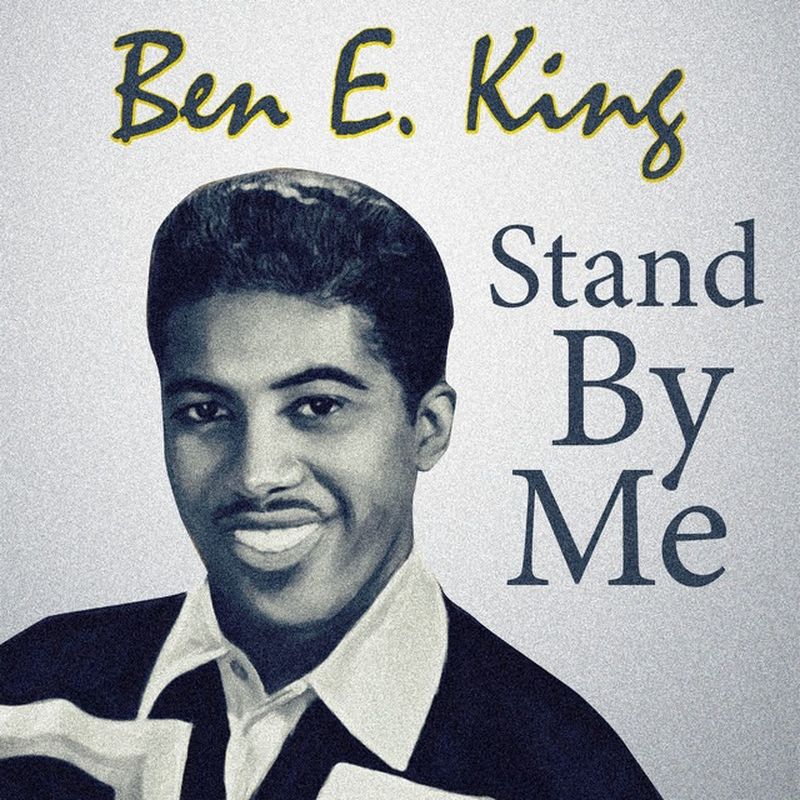
Picture this: flickering flames, close friends, and a song that instantly connects everyone in the circle. Ben E. King’s 1961 masterpiece offers two paths to greatness. Capo the second fret for G major, E minor, C major, and D major—chords that first-week players can handle. Try a down-down-up-up-down pattern to nail that iconic rhythm.
Skip the capo and you’ll face the slightly trickier F#m, but gain easier access to that legendary bassline in A major. If you’re practicing these chord progressions and want every subtle nuance to shine through, don’t miss our guide to the best studio equipment for musicians and audiophiles.
Either route delivers instant connection around flickering flames or living room jam sessions. This song creates musical comfort food that never loses its nourishing power.
3. I’m a Believer: One Tricky Chord Can’t Stop the Fun
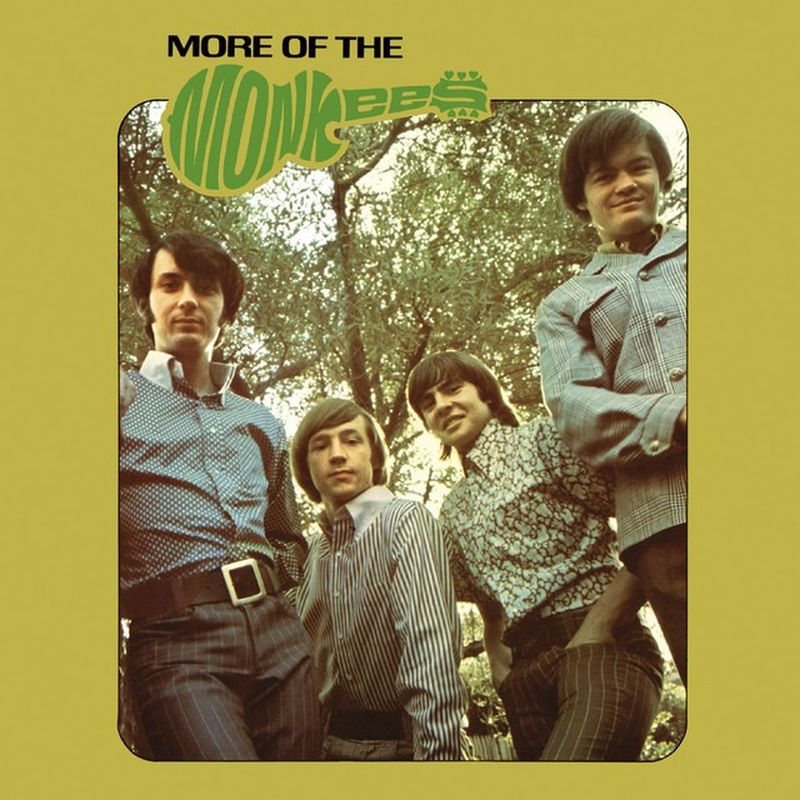
One pesky F chord terrorizes guitarists everywhere, but The Monkees delivered this singalong masterpiece without letting technical hurdles kill the joy. The band used G major, C major, D major, with that pesky F chord appearing once per verse like an uninvited party crasher. For that challenging F, you’ve got options: attempt the full bar chord, try the thumb-over hybrid, or substitute F major 7.
Don’t let one troublesome shape derail your enjoyment. The song’s infectious melody carries itself even with simplified voicings—proof that The Monkees understood exactly what made radio gold. Sometimes the best approach is accepting that perfection isn’t required for pure musical joy.
2. Honky Tonk Women: Standard Tuning Satisfaction

Retuning guitars kills momentum, but this Stones barnburner works perfectly in standard tuning without sacrificing that honky-tonk swagger. That A major adds distinctive honky-tonk character as a borrowed chord that gives the song its signature flavor.
Keith Richards recorded this in open G tuning for richer texture, but standard tuning lets beginners jump right in without retuning hassles. Try plucking just the middle two strings for that signature intro sound. Ace this arrangement and you’ll be strutting like Jagger at your next gathering.
1. I Saw Her Standing There: The Beatles’ Blues Blueprint

Raw energy defines this early Beatles barnburner that pulses with the power that launched a thousand garage bands. The song cycles through E7, A7, and B7—pure blues DNA that the Fab Four inherited and electrified for a new generation.
For that authentic touch, try forming a C7 shape at the fifth fret as a creative arrangement choice. This isn’t how the original was recorded, but it adds harmonic color that separates competent players from bedroom strummers. Perfect this progression and you’ve decoded the blueprint that converted Liverpool unknowns into global legends.





















